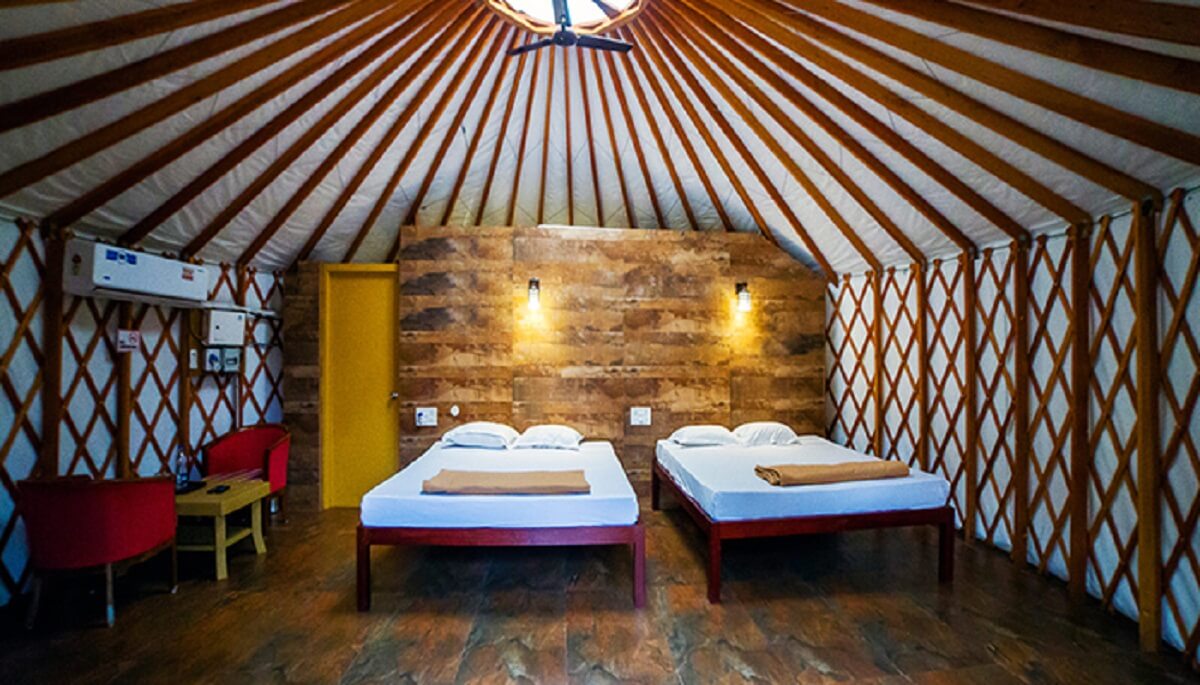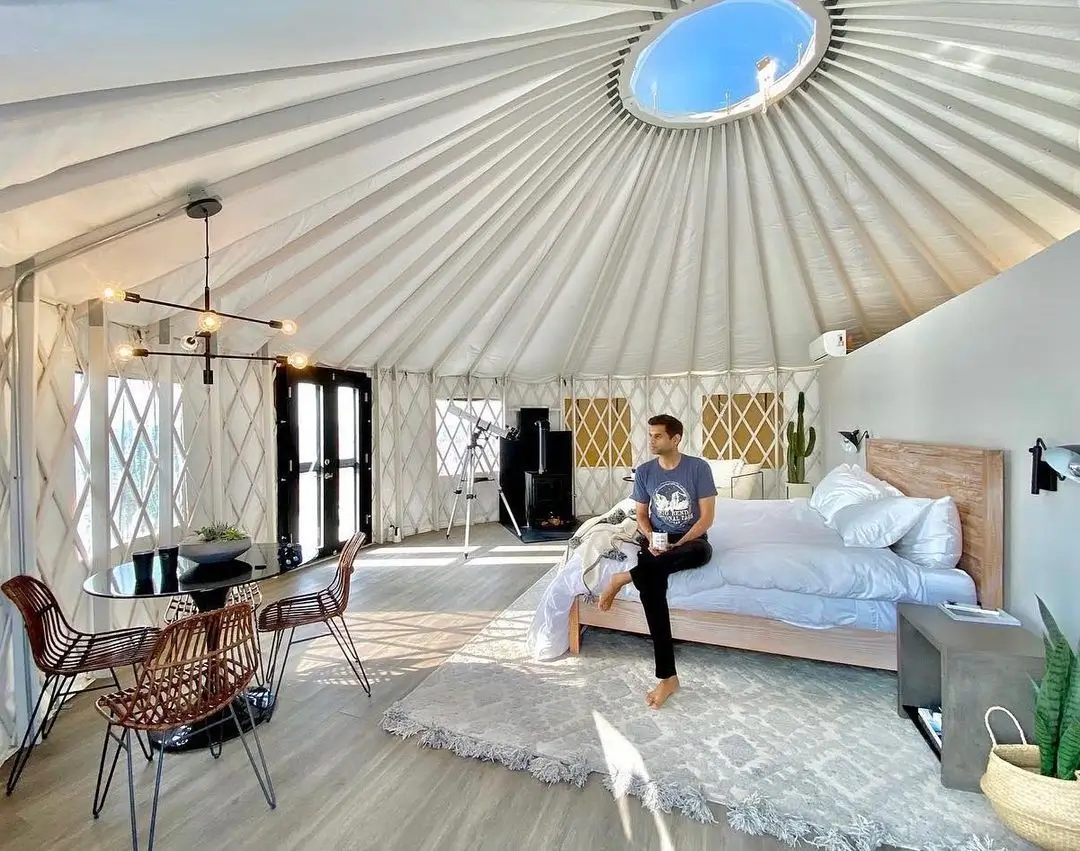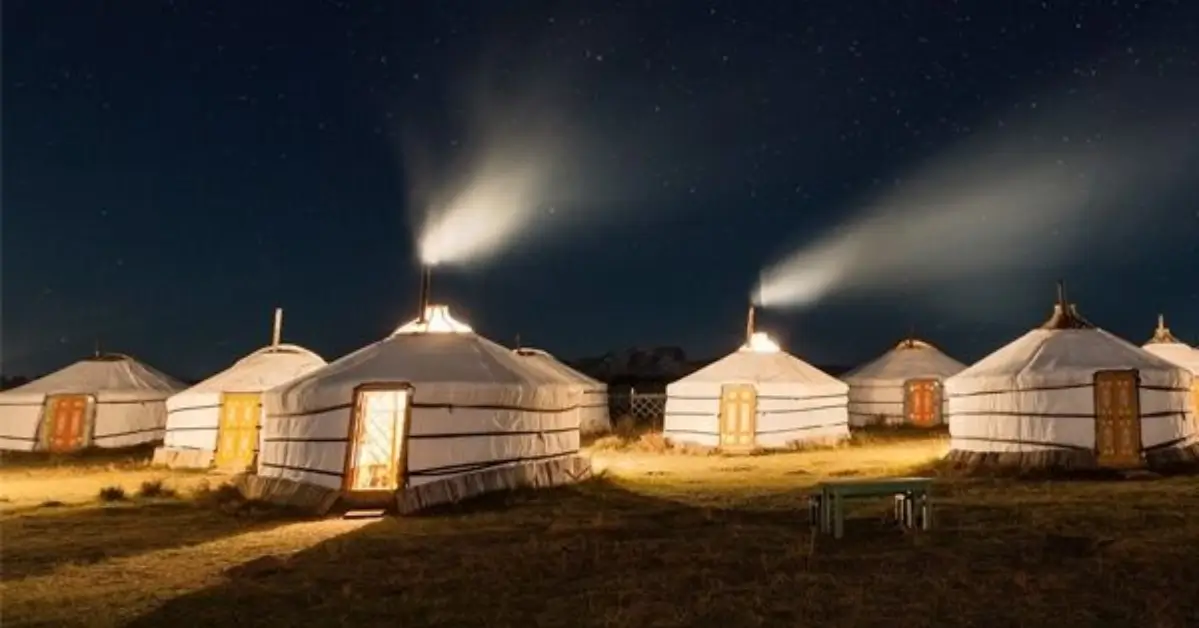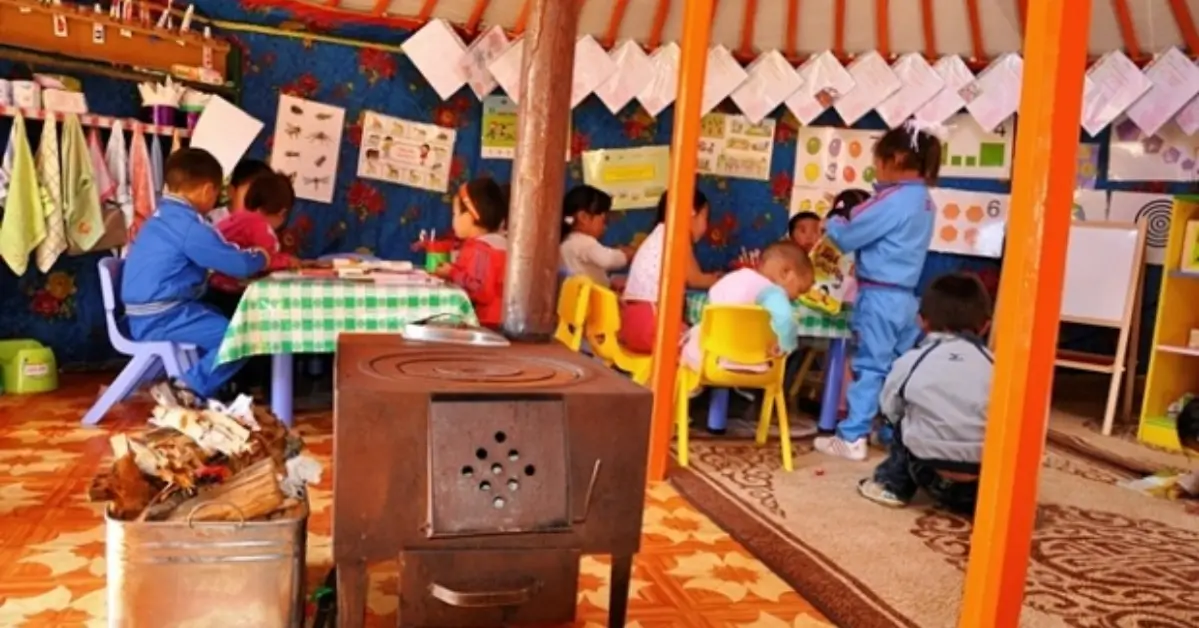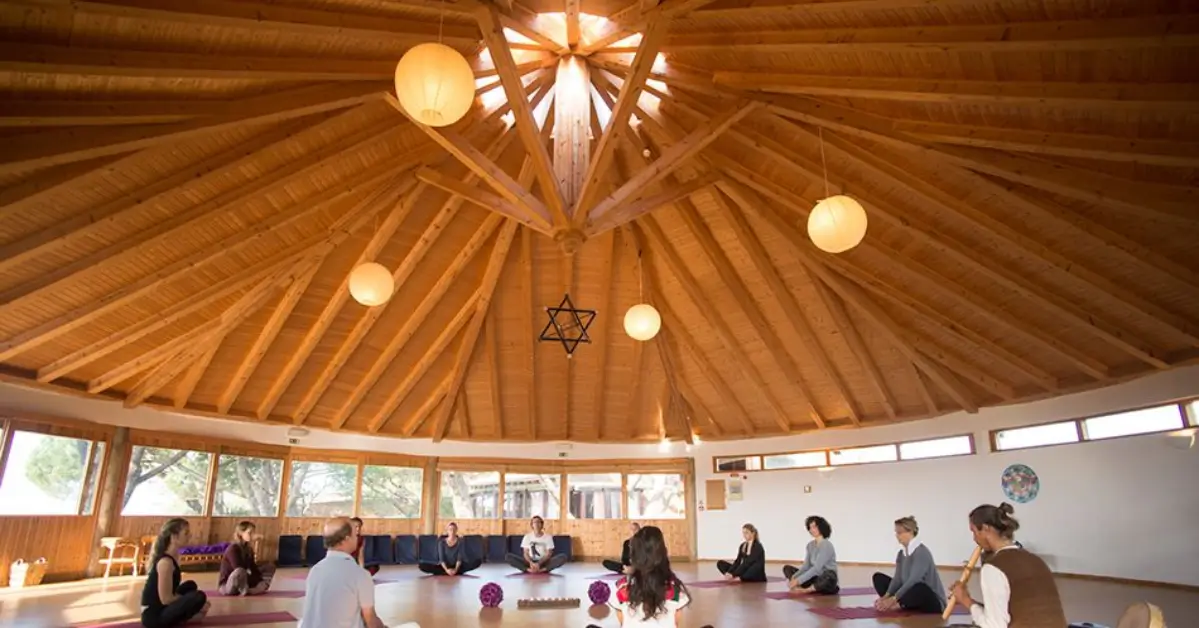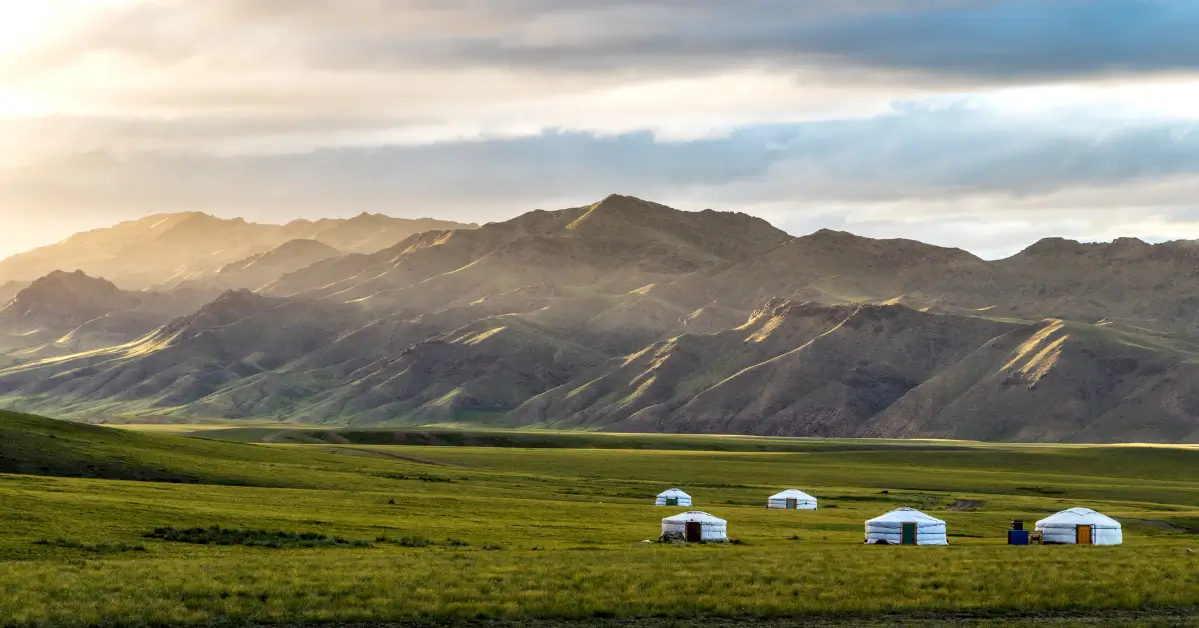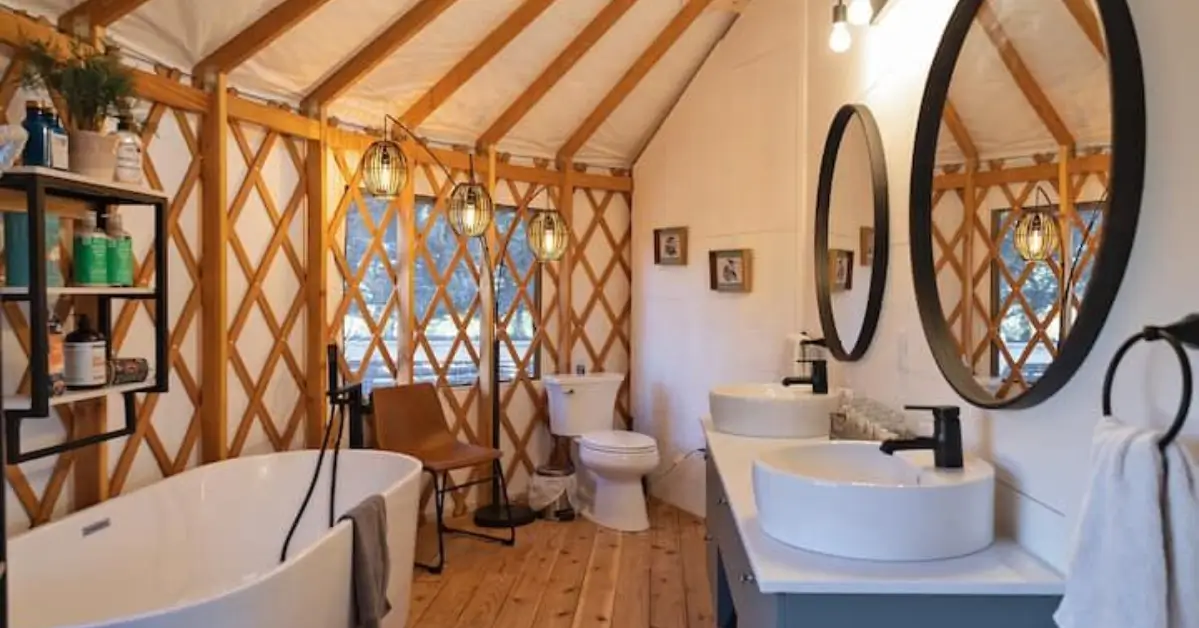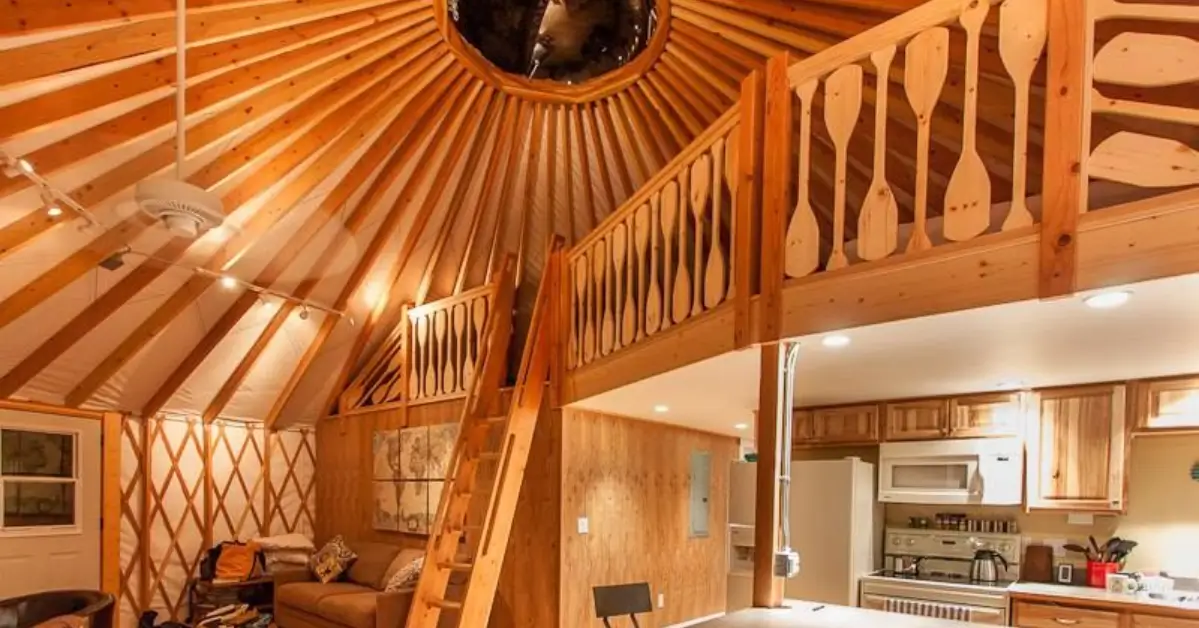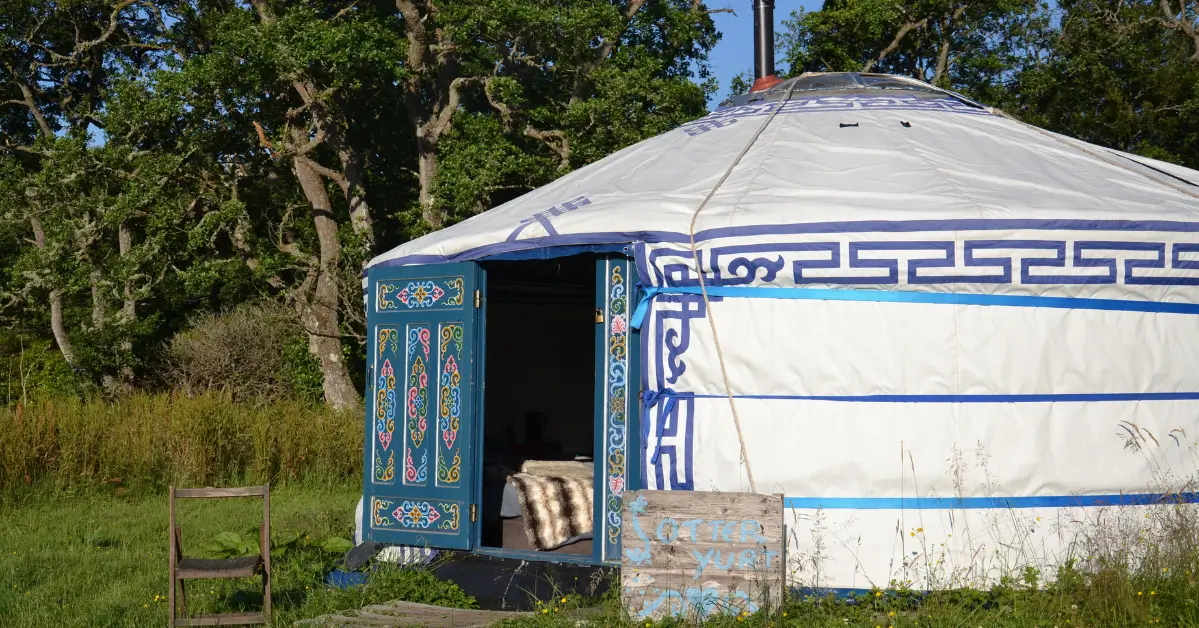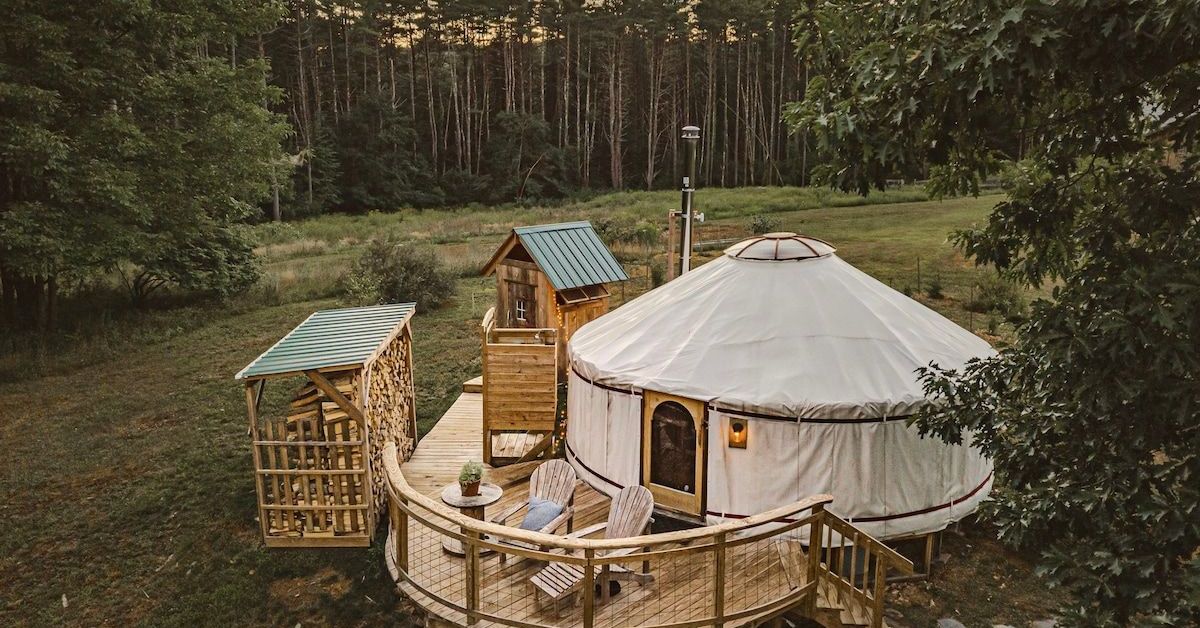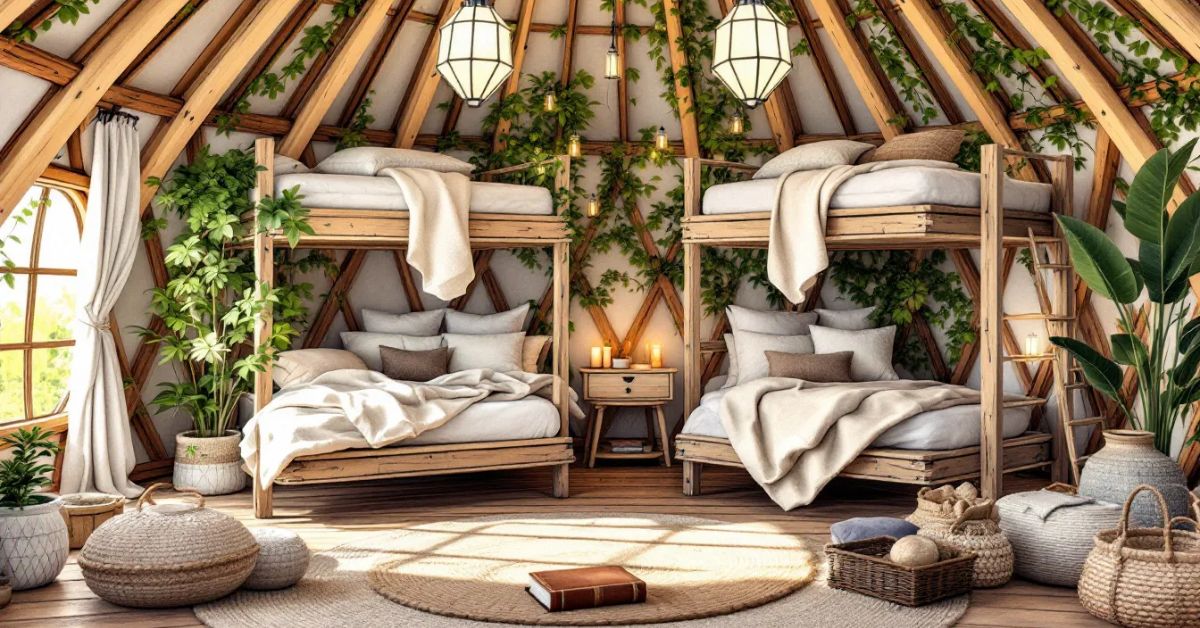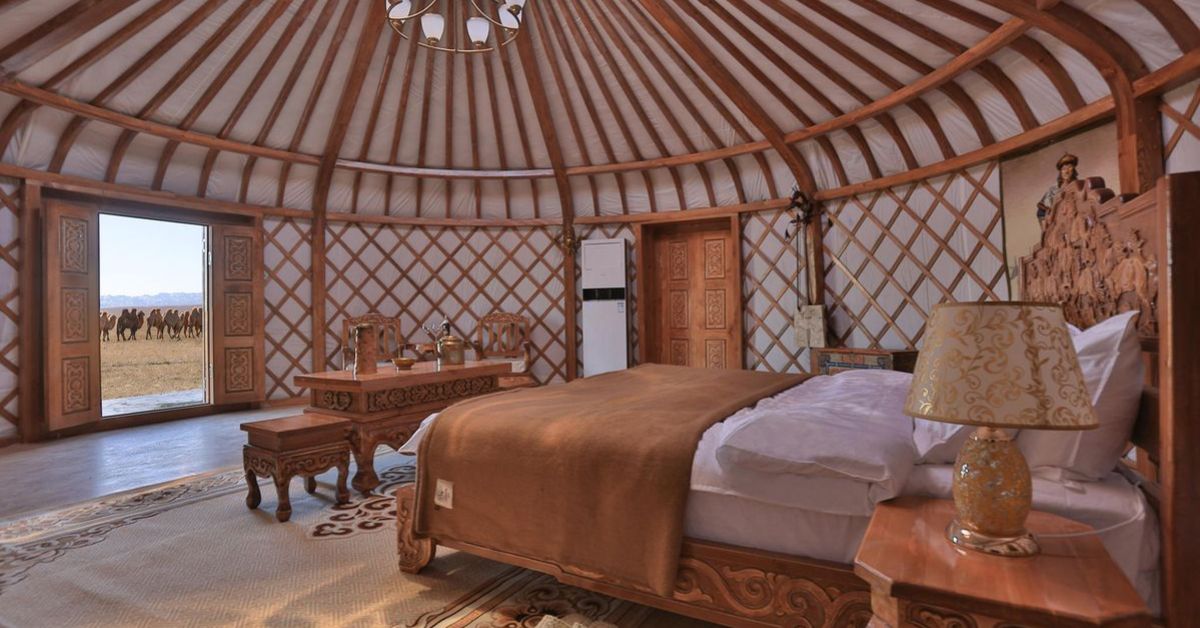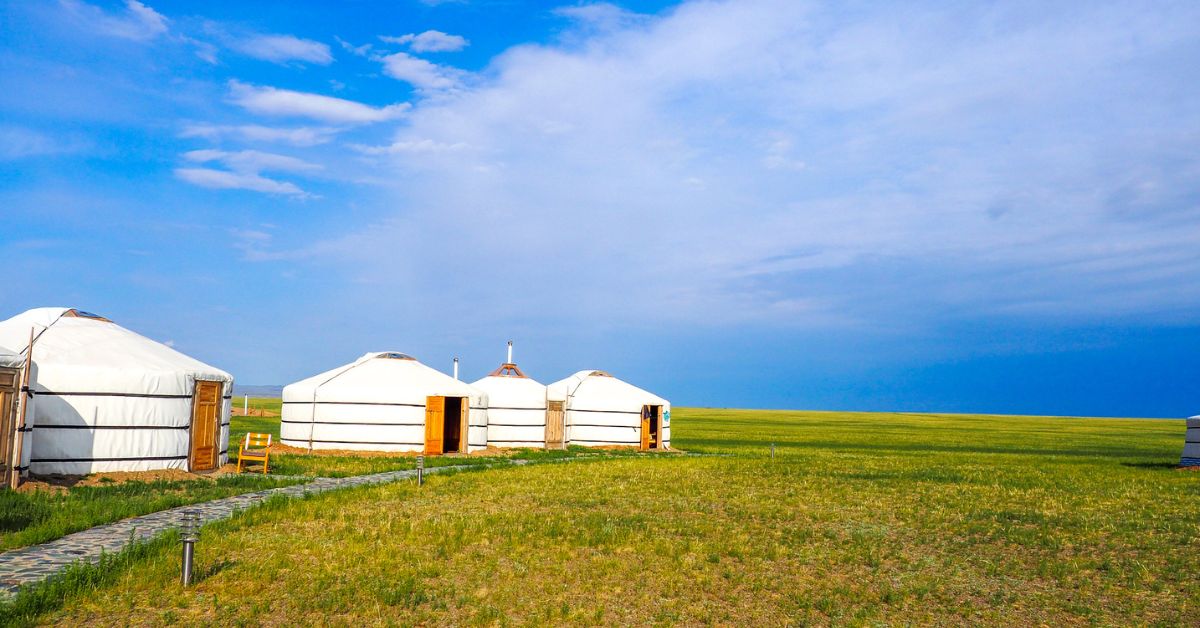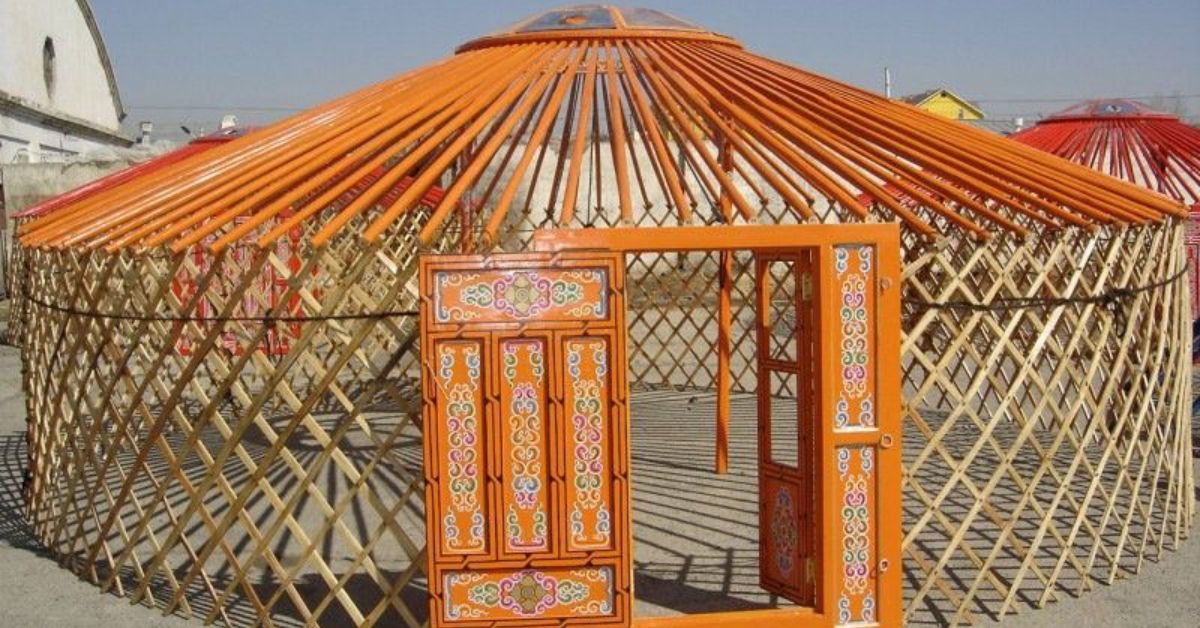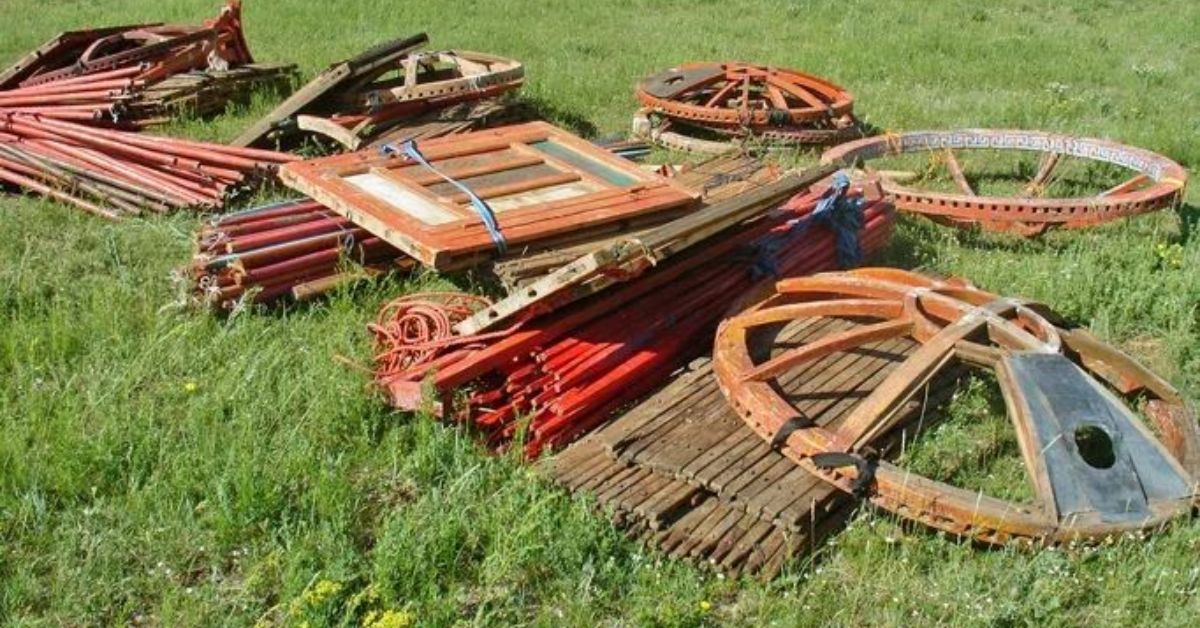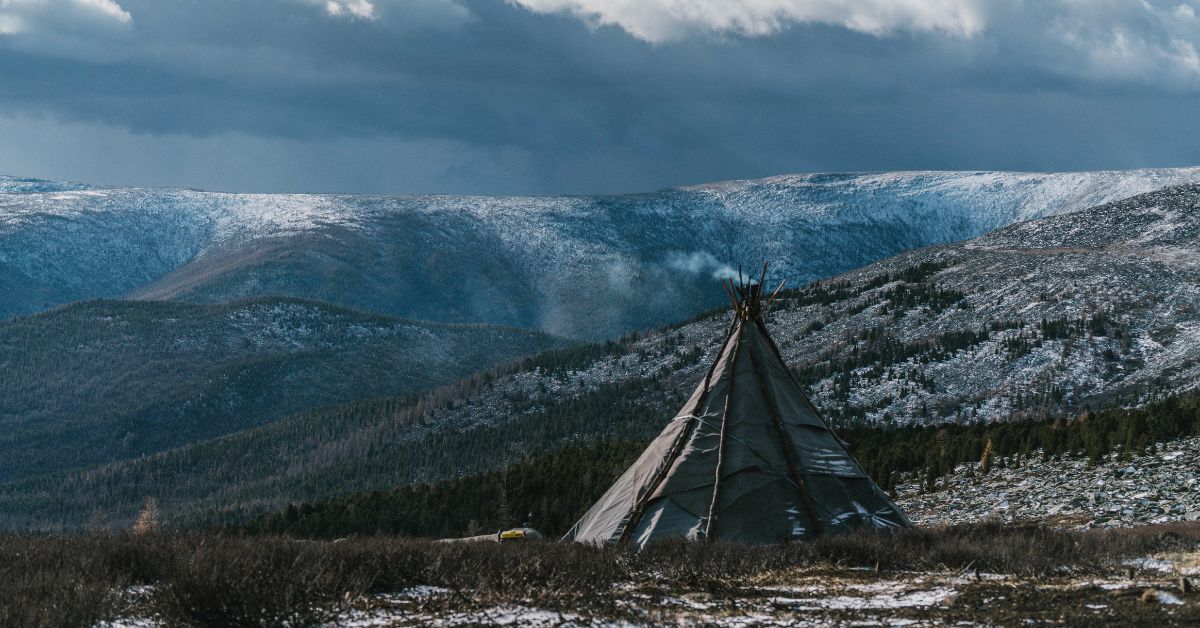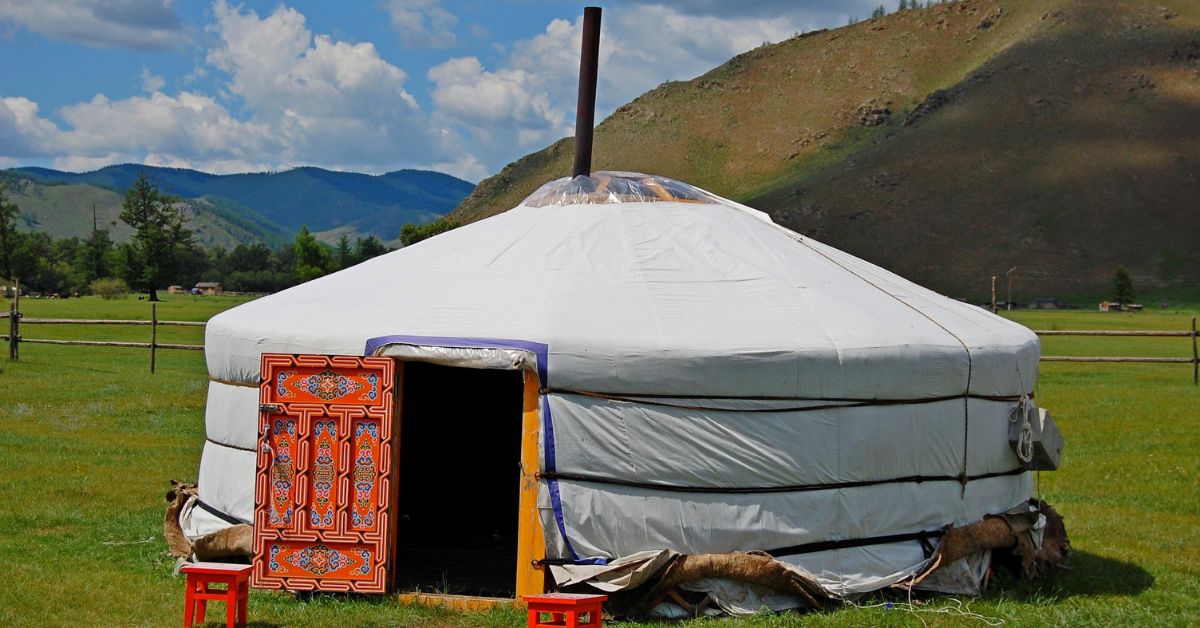If you’re looking for a fascinating and unique culture to explore, look no further than Mongolian yurt customs. The yurt, known as a ger in Mongolia, is more than just a home—it represents a deep-rooted nomadic heritage filled with meaningful traditions and customs that have been preserved for centuries.
These customs are recognized by UNESCO as part of Mongolia’s intangible cultural heritage, underscoring their cultural significance and historical importance.
In this blog post, we will take a closer look at the most interesting aspects of Mongolian yurt customs, highlighting their cultural significance and why they remain an integral part of Mongolian life.
Whether you’re a traveler, history enthusiast, or simply curious about different cultures, understanding yurt customs will provide an insightful glimpse into Mongolia’s rich traditions.
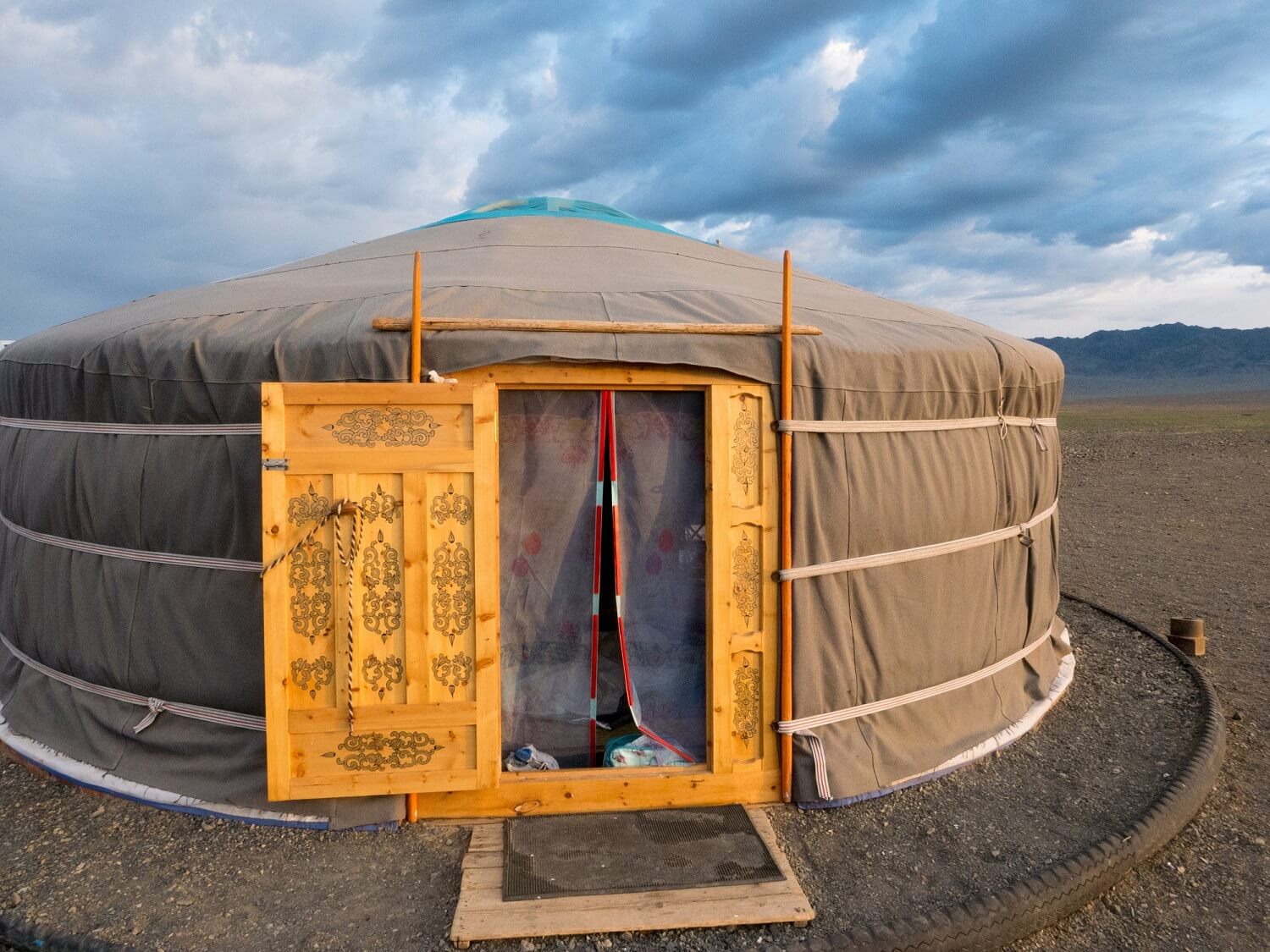
Introduction to Mongolian traditional Yurts
Mongolian yurts, also known as gers, have been an integral part of the country’s nomadic culture for centuries. These traditional dwellings are designed to withstand the harsh climate of Central Asia, with its dry summers and extremely cold winters.
The yurt’s circular shape and center ring provide excellent structural support, making it a sturdy and reliable home for nomadic families. Constructed from natural materials like wood, felt, and animal hide, yurts are both practical and sustainable.
The thick felt layers offer insulation against the cold, while the wooden frame ensures durability. This ingenious design allows Mongolians to live comfortably in a beautiful yurt, no matter the season.
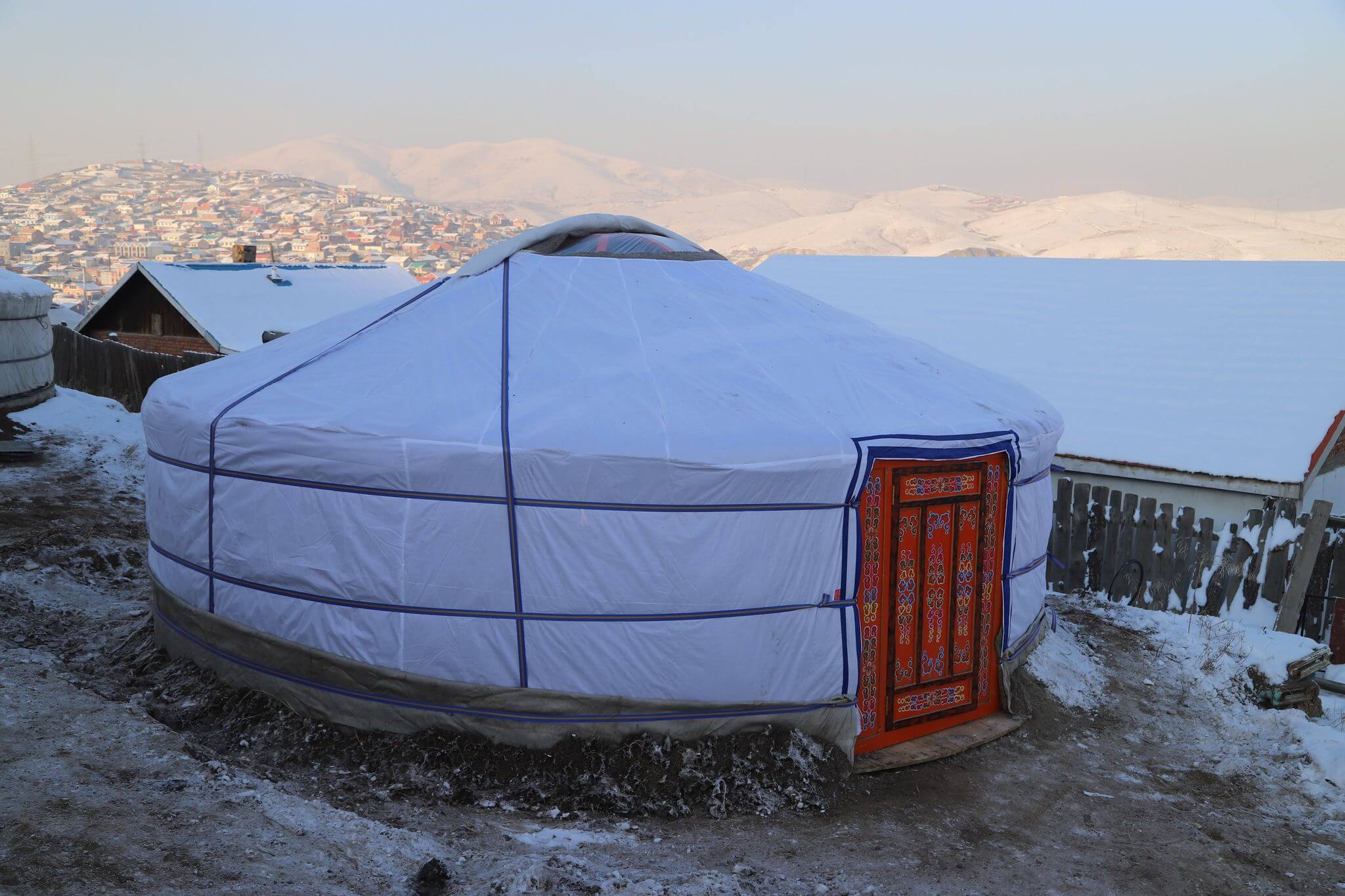
The Significance of the Mongolian Yurt
The yurt (ger) is the traditional dwelling of the Mongolian people, designed for the country’s harsh climate and nomadic lifestyle.
Built with a wooden lattice frame and covered with layers of felt and canvas, traditional yurts emphasize historical significance and construction methods, using natural materials that have been perfected over centuries.
However, beyond its practicality, the yurt is considered sacred. Every part of the ger—from the doorway to the stove—holds deep cultural and spiritual significance.
Many Mongolian customs are directly tied to the structure and function of the yurt, emphasizing respect, hospitality, and harmony with nature.

Traditional Yurt Structure and Design
A traditional Mongolian yurt consists of a wooden lattice structure, known as a khana, which forms the walls. These walls are typically 5-6 feet high and are covered with thick felt and animal hide, providing excellent insulation.
The roof is supported by wooden roof poles, called uni, which are attached to a central ring at the top. This center ring not only supports the roof but also symbolizes the connection between the earthly and spiritual realms.
The roof is covered with multiple layers of felt, ensuring warmth and protection against high winds. The yurt’s door, usually made of wood, is often adorned with intricate carvings and decorations, adding to the aesthetic appeal of the home.
Inside, the yurt is simple yet functional, with a central stove for heating and cooking, and a few pieces of furniture like beds and chests.
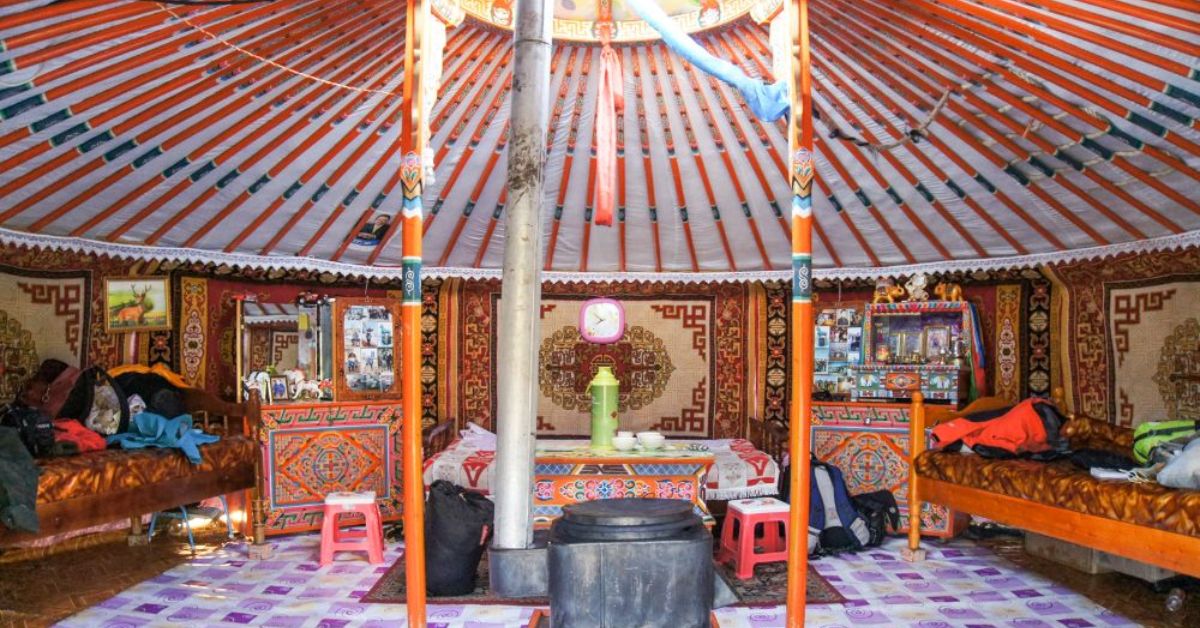
Essential Mongolian Yurt Customs
Mongolian yurt customs revolve around respect for family, tradition, and the spirits believed to reside within the ger. These customs dictate behavior inside the yurt, how visitors should conduct themselves, and certain taboos that must be avoided.
More than half of Mongolians live in gers today, particularly in urban areas like Ulaanbaatar, where communal living arrangements within yurt quarters reflect a blend of traditional nomadic cultures and contemporary urban challenges.

1. Respect During Yurt Construction
Building a yurt is a communal effort that brings family and friends together. However, it is considered bad luck to quarrel while assembling a ger. Harmony and cooperation are essential, as the process is symbolic of unity and stability in Mongolian culture.

2. Proper Entry Etiquette
- Upon entering a yurt, guests must step over the threshold, never on it. The threshold is considered sacred, and stepping on it is seen as disrespectful.
- If the homeowner is not present, it is customary to wait inside rather than leaving immediately. This is a sign of trust and respect.

3. Hospitality and Serving Tea
- Mongolians are known for their hospitality, and offering tea is one of the most important yurt customs.
- The housewife serves tea in a rightward circular motion, symbolizing the cycle of life and good fortune.
- A cup of tea is always served to the eldest person first, showing respect for elders.
- Guests are served fresh tea, emphasizing the importance of making visitors feel welcome.

4. Handling Food and Dishes
- It is forbidden to take out empty dishes, ashes, or splash water in front of a guest. This is believed to bring bad luck.
- When offering food or drink, one must use their right hand, supported by the left, as a sign of politeness.
- If a guest refuses food or drink, it is considered impolite.

5. Sacred Fire and Stove Customs
The stove, or “gal”, is the heart of the yurt and represents warmth, life, and prosperity. There are strict customs regarding fire:
- The fire should never be extinguished forcefully; it should go out naturally.
- Pouring water into the fire is considered disrespectful, as it angers the fire god.
- Pouring milk into the fire is also forbidden, as it is seen as an offering of misfortune.

6. Superstitions and Beliefs
- Looking through the wall lattice (khana) is believed to bring bad luck.
- When seeing off a guest who is traveling far, it is customary to offer them a small sample of milk and dairy products for a safe journey.
- Before riding a horse or leaving on a long journey, dripping milk onto the ground is a gesture of blessing and protection.

Symbolism of the Yurt in Mongolian Intangible Cultural Heritage
Every element of the Mongolian ger has symbolic meaning:
- The Door: Faces south and serves as the entrance to the home and life itself.
- The Central Pillars (Bagana): Represent stability and strength, symbolizing the father and the family’s support.
- The Stove (Gal): Embodies warmth, protection, and the family’s well-being.
- The Roof (Toono): Connects the earthly and spiritual realms, acting as a bridge between heaven and earth.

Yurt Community and Social Structure
In traditional Mongolian society, yurts are often arranged in a circular pattern, with the door of each yurt facing south. This arrangement fosters easy communication and socializing between families, creating a close-knit community.
The yurt community is typically led by a respected elder, who is responsible for making important decisions and resolving disputes. Hospitality is a cornerstone of Mongolian culture, and visitors are always welcomed with traditional food and drink.
The strong social bonds within yurt communities are evident during special occasions, where families gather to celebrate, share stories, and enjoy each other’s company.
This communal lifestyle not only strengthens social ties but also ensures that the rich traditions and customs of the Mongolian people are passed down through generations.

Modern-Day Relevance of Modern Yurts Customs
Despite urbanization, yurt customs remain relevant in Mongolian society. Many Mongolians still practice these traditions in their daily lives, ensuring that their nomadic heritage continues to thrive.
Even city dwellers maintain strong cultural ties to their roots, often returning to the countryside for special ceremonies and festivals.
Modern yurts have gained popularity in North America and Europe, particularly in camping or backcountry settings.

The Role of Yurts in Mongolian Celebrations
Mongolian yurts play a vital role in ceremonies such as Naadam Festival, weddings, and spiritual gatherings.
Yurts serve as communal hubs where people come together to celebrate milestones, share meals, and perform traditional songs and dances.
Modern yurt kits now include glass windows, offering various types and costs to suit different needs, enhancing both functionality and aesthetic appeal.
- Naadam Festival: The national celebration of wrestling, horse racing, and archery takes place in the countryside, where yurts provide shelter for participants and guests.
- Weddings: Traditional Mongolian weddings often take place in yurts, where families gather to honor marriage customs, exchange gifts, and feast together.
- Spiritual Rituals: Shamans and Buddhist monks conduct ceremonies in yurts, emphasizing the spiritual significance of the home as a sacred space.

Why Mongolian Yurt Customs Are Worth Exploring
Mongolian yurt customs offer a unique blend of spirituality, hospitality, and practicality that have been passed down for generations. These traditions are not just relics of the past but remain alive and well in modern Mongolia.
By understanding these customs, you gain a deeper appreciation of Mongolian culture and the values that shape its people.
For travelers, experiencing yurt customs firsthand is an unforgettable opportunity to immerse in nomadic hospitality and connect with an ancient way of life.
Whether sharing a bowl of airag (fermented mare’s milk), helping construct a ger, or simply enjoying the warmth of a family’s fire, each experience is a window into the heart of Mongolian culture.

Mongolian yurt customs are a rich and integral part of the country’s nomadic heritage. These traditions emphasize respect, hospitality, and harmony with nature, making them fascinating to learn about and experience.
Whether you are visiting Mongolia or simply exploring different cultures from afar, understanding these customs will give you a newfound respect for this ancient yet enduring way of life.
If you ever get the chance to visit a Mongolian yurt, remember to follow these customs, show respect to your hosts, and enjoy the incredible hospitality that Mongolian culture is known for!

Do you have any questions or comments about the Mongolian Yurt Customs? Let us know in the comments below!
Related Content:
Authentic Mongolian Yurts for Sale
Share to Public
